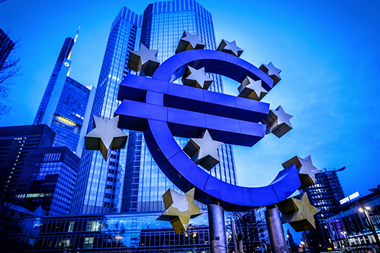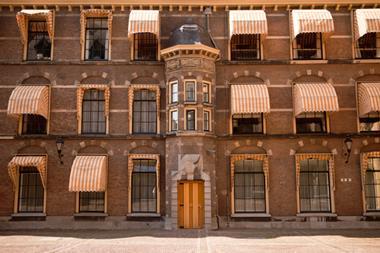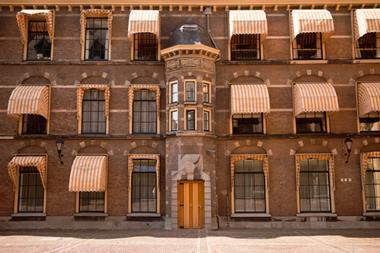A number of large Dutch pension funds have reported that funding levels remained flat or even dropped over the first quarter due to the impact of plummeting interest rates on returns.
Vervoer, the €22.4bn pension fund for the private road transport sector, returned 13.6% over the period, yet falling interest rates largely wiped out the strong performance.
It attributed the return largely to the impact of falling interest on its 58% fixed income portfolio, which returned 12.6%, as well as on its derivatives covering the interest risk on its liabilities.
Vervoer, which also reported a 20% return on its equity portfolio, said the discount rate for liabilities fell from 2% to 1.38% in Q1.
However, it also made clear that the increase in liabilities triggered by falling interest rates – the criterion for discounting liabilities – exceeded its quarterly return by €525m.
As a consequence, the pension fund’s ‘policy funding’ decreased by 1.4 percentage point to 111.2%.
“Due to the stricter rules in the new financial assessment framework (nFTK), including its requirement for larger financial buffers, indexation is unlikely for the coming years,” it said.
Vervoer’s results come as a number of Dutch schemes lament the low interest rate environment and the effect of the European Central Bank’s quantitative easing (QE) programme.
In mid-April, four of the five largest pension funds were forced to re-submit recovery plans after falling interest rates hit their funding ratios.
The schemes, which reported quarterly returns of up to 11.8%, attributed their deteriorating position chiefly to QE.
This week, Pensioenfonds PostNL, the €7.7bn scheme for Dutch postal services, reported a 9.4% return during the first quarter of 2015, attributing 4.1 percentage points to its interest hedge through swaptions.
It made a 13% return on its equity portfolio, due largely to the depreciation of the euro against the US dollar, which boosted the value of its holdings of European equity.
PostNL added that holdings in healthcare companies continued to perform well, and that emerging markets generated better results than developing countries.
Equity options contributed 1.1 percentage points to its quarterly return on the back of rising equity markets, while fixed income and real estate returned 3.2% and 7.6%, respectively.
In contrast, the Pensioenfonds PostNL lost 6.4% on its commodities portfolio due to the effect of the oil price drop on energy and utility companies.
At March-end, the scheme’s policy funding was 110.2%.
The €4.2bn pension fund for the merchant navy, Koopvaardij, returned 10.6% during the first quarter, with government bonds and interest hedges delivering a combined result of 12.7%.
Equities returned 10.3%.
Despite the scheme’s quarterly performance, its coverage ratio increased by just 0.3 percentage point to 113.7%.
The €1.7bn pension fund of coffee processor Douwe Egberts saw its funding drop 0.7 percentage points to 112.7%, despite a quarterly result of almost 10%.












No comments yet